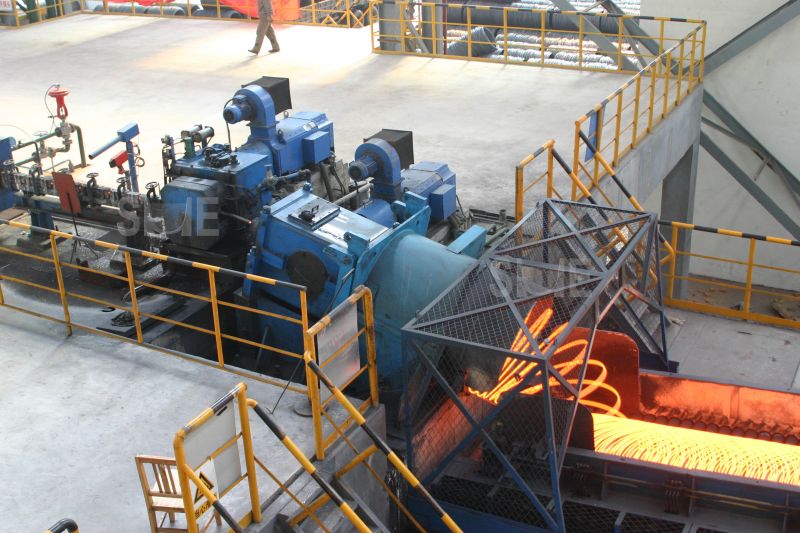Supercritical carbon dioxide power generation system uses carbon dioxide in supercritical state as the work material to convert heat from heat source to mechanical energy, and its heat source can come from solar energy, industrial waste heat, geothermal energy, fossil fuel combustion and many other fields. The supercritical carbon dioxide power generation has three major advantages over traditional steam power generation. The first is the small size, carbon dioxide generator sets only 1/25 of the volume of steam units; power generation efficiency is higher 3 to 5 percentage points than the steam units; coal-fired power plants with carbon dioxide units, its carbon emissions intensity can be reduced by 10%. The pipeline equipment is corroded at lower rate, and requirements of materials for pipeline is relatively lower than the steam units. Finally the supercritical carbon dioxide power generation system is without water treatment, and can save a lot of water resources.
The use of water for ultra-supercritical unit power generation, the pressure can reach nearly 30 MPa, equivalent to nearly 300 atmospheres, in addition to high-temperature steam is very easy to corrode equipment, which requires equipment materials must not only have extremely high strength, but also have super corrosion resistance, power generation conditions are very demanding.
The critical point temperature of carbon dioxide is about 31 degrees Celsius and the pressure is about 7.8 MPa (78 atmospheres), both temperature and pressure are far below the critical point of water, and it can reach the supercritical state under the condition of near room temperature.
The test unit of supercritical carbon dioxide cycle power generation has been successfully put into operation. That is a good news for the steel factorys who want to build own power station.
